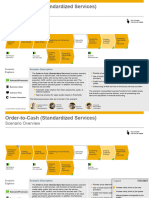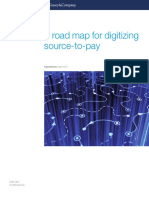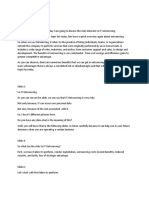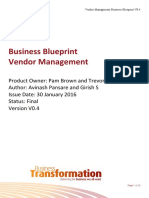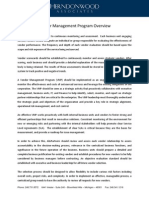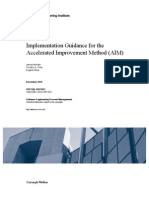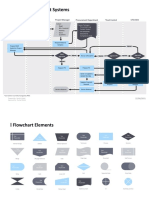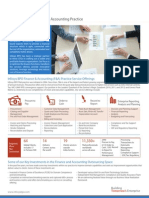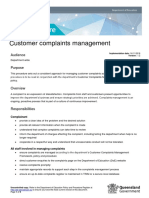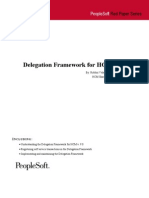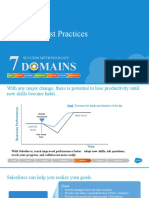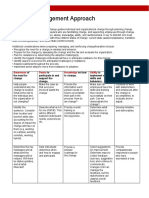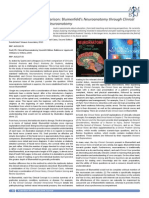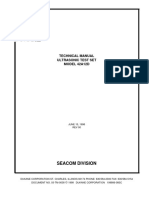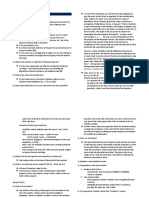100% found this document useful (1 vote)
240 views27 pagesBuiness Process Modelling
The document discusses business process modelling and mapping. It defines business process modelling and explains the different types of process models. It then focuses on process mapping, explaining what it is, why and when it is used, and how to produce a process map. The document also provides an introduction to BPMN, defining what BPMN is and explaining its development drivers.
Uploaded by
David CravenCopyright
© © All Rights Reserved
We take content rights seriously. If you suspect this is your content, claim it here.
Available Formats
Download as PDF, TXT or read online on Scribd
100% found this document useful (1 vote)
240 views27 pagesBuiness Process Modelling
The document discusses business process modelling and mapping. It defines business process modelling and explains the different types of process models. It then focuses on process mapping, explaining what it is, why and when it is used, and how to produce a process map. The document also provides an introduction to BPMN, defining what BPMN is and explaining its development drivers.
Uploaded by
David CravenCopyright
© © All Rights Reserved
We take content rights seriously. If you suspect this is your content, claim it here.
Available Formats
Download as PDF, TXT or read online on Scribd
/ 27



